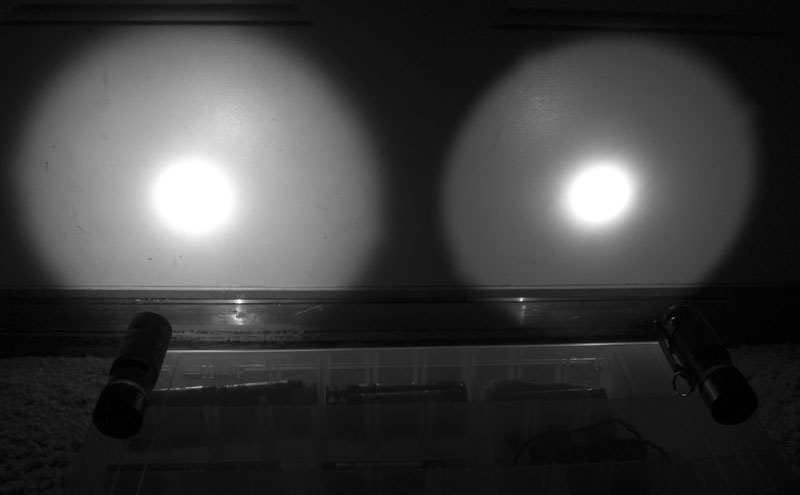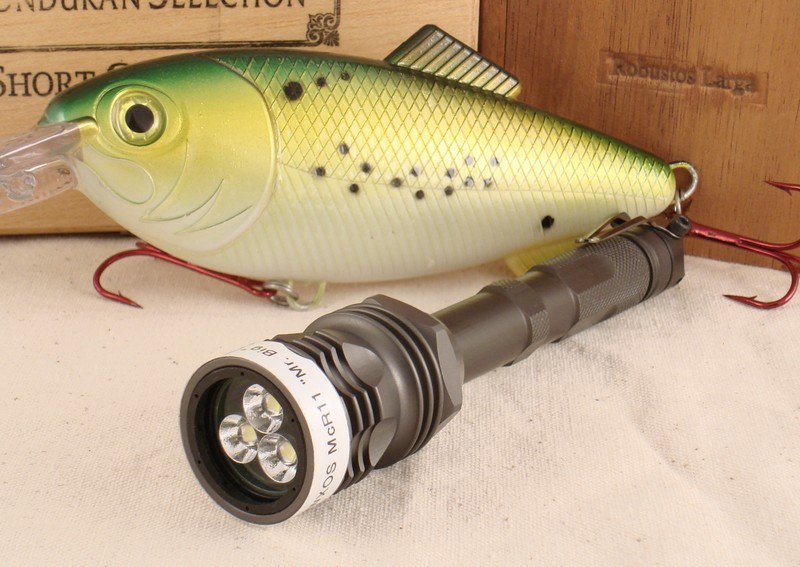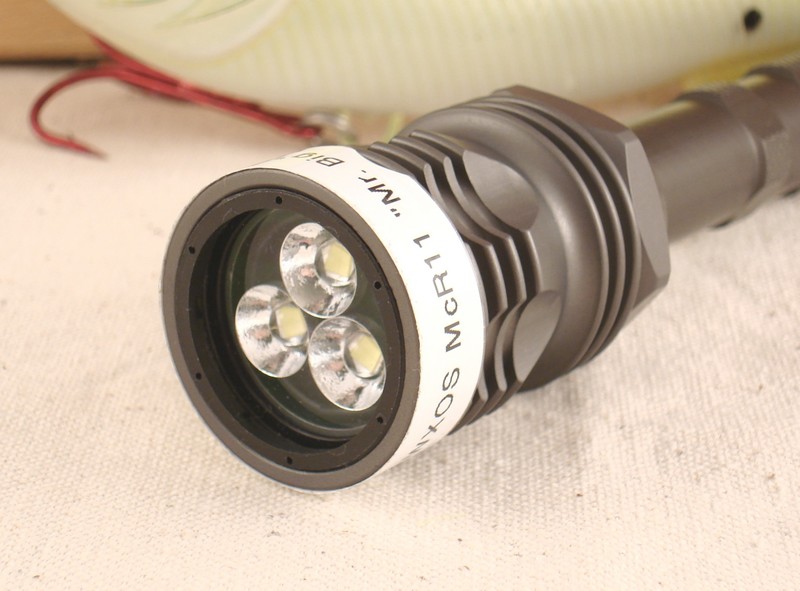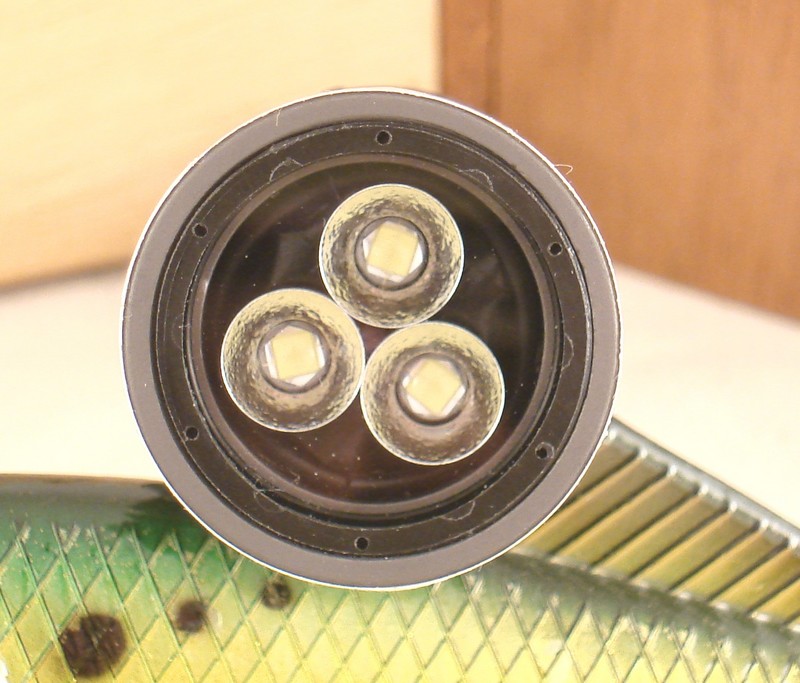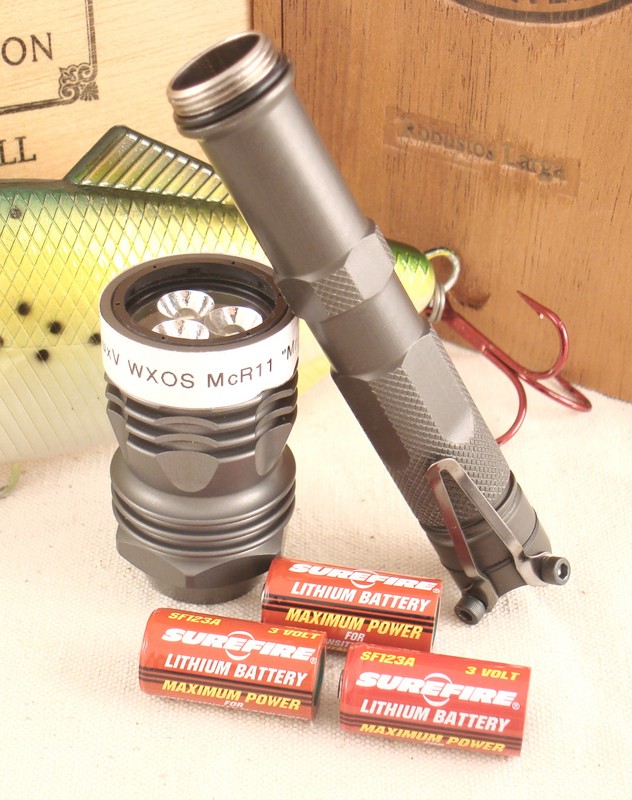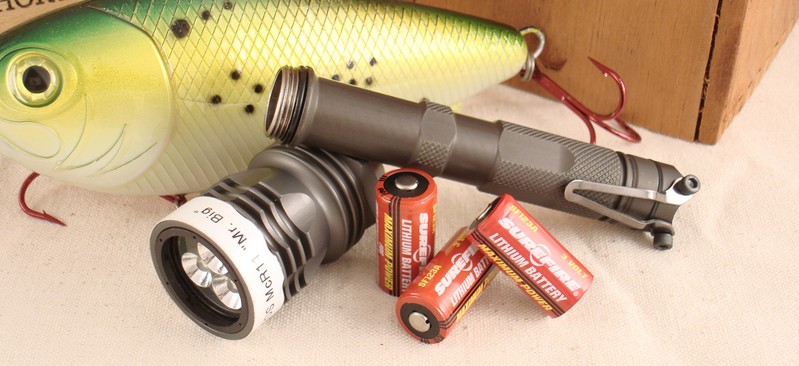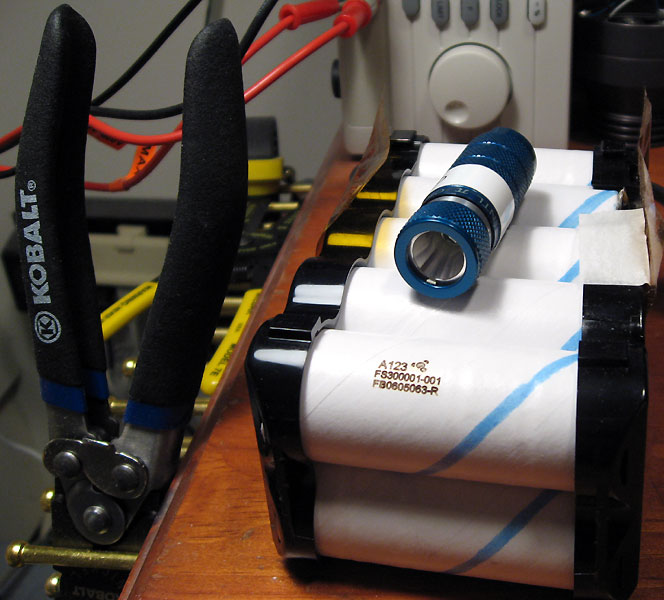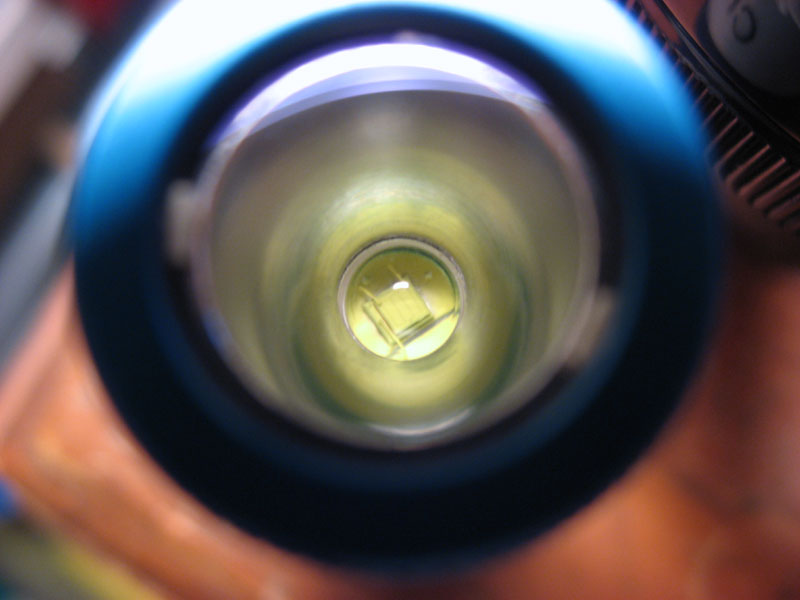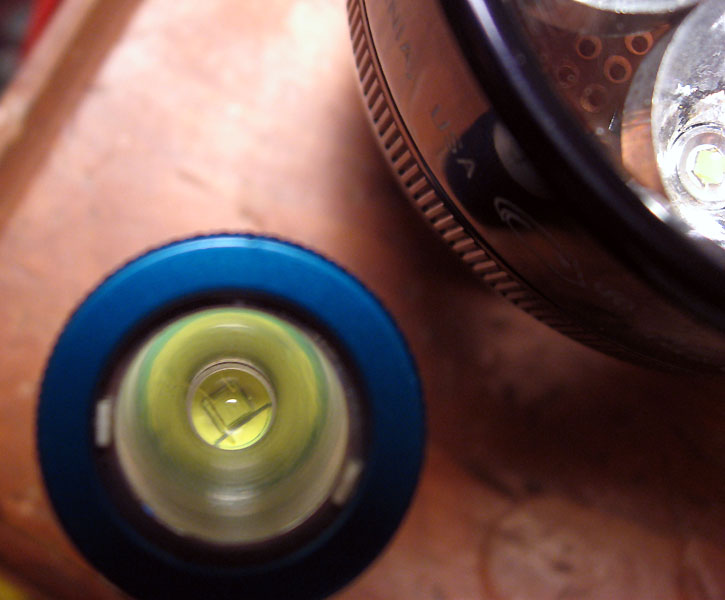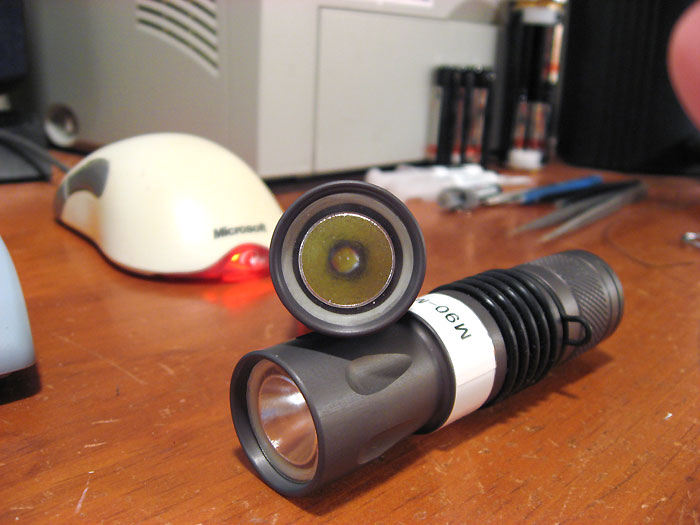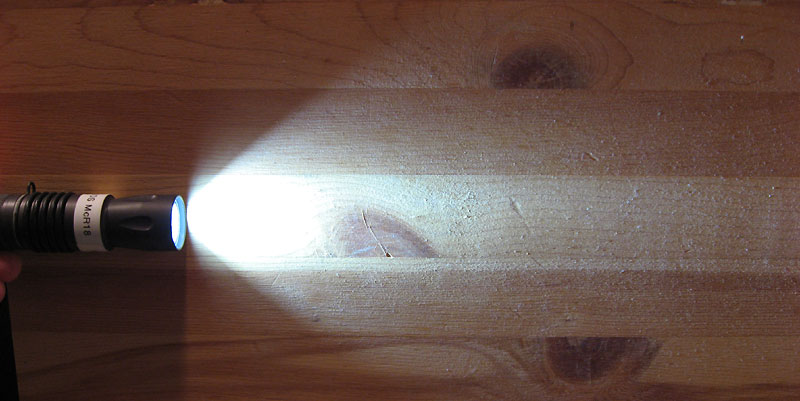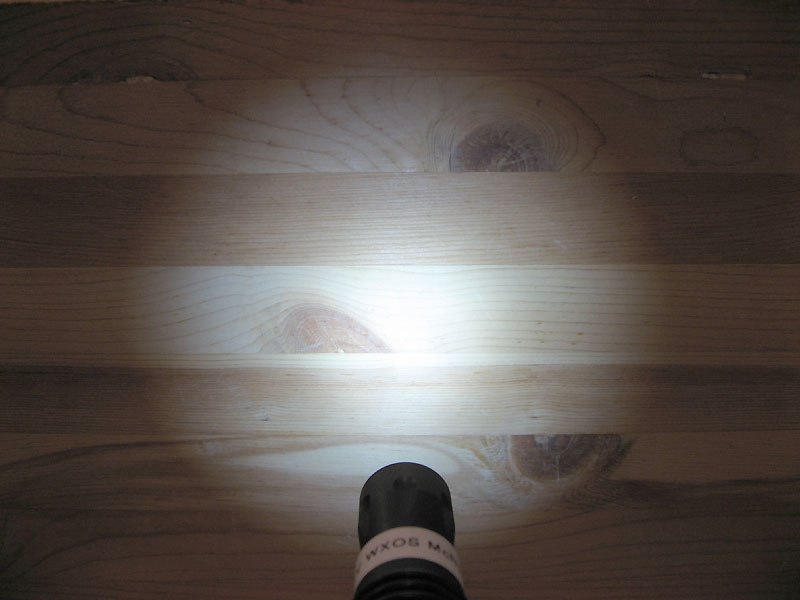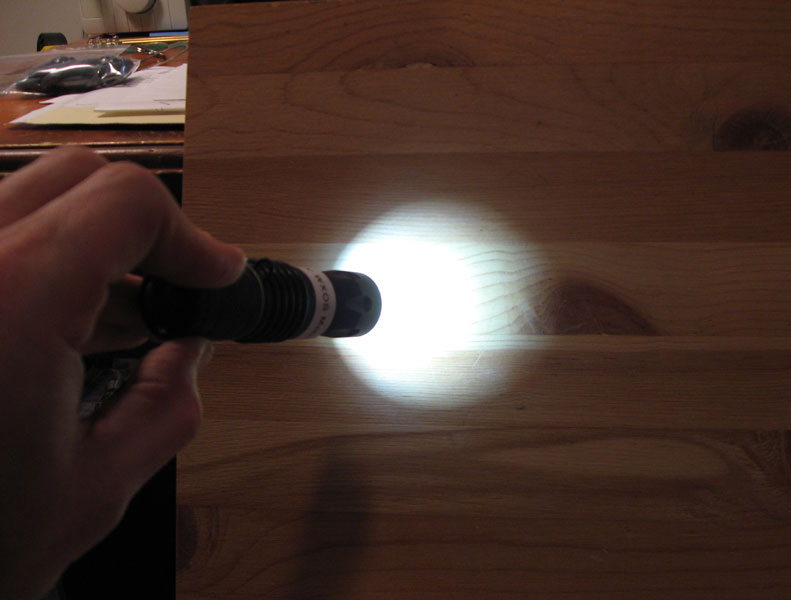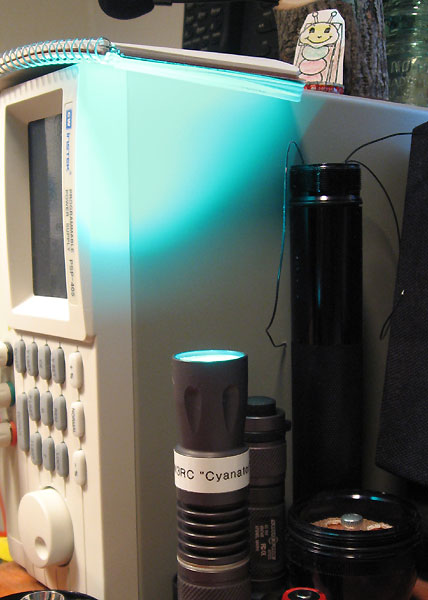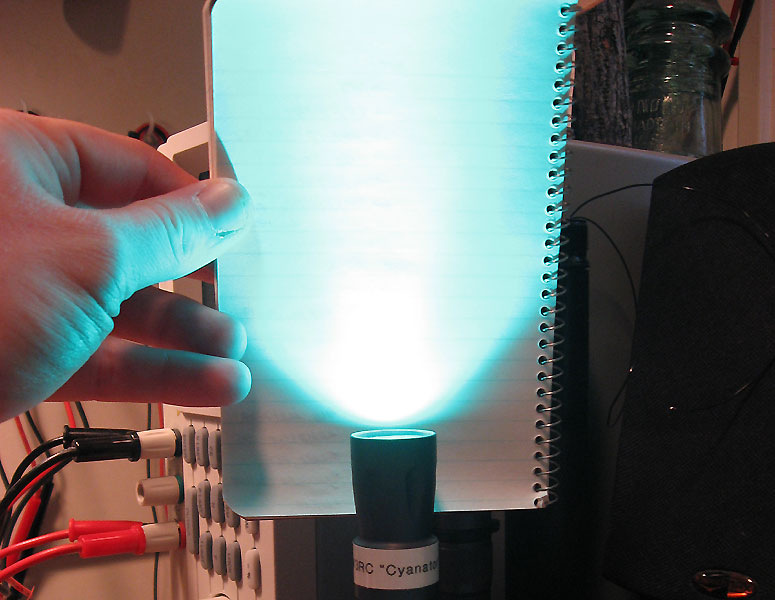What does this all mean? It's darned tough to look at two beams and tell which one is brighter! Add to that each person's individualized definition of what "brighter" actually means... for some it refers to throw... for others it's overall output... for still others it's intensity of the sidespill though not necessarily the radius of that sidespill (and we're back to that area coverage thing again)... it's not hard to see how one person could say light A is brighter while another could say light B is brighter, with both looking at the same lights!
Add to that the effect of tint variations and how those affect our ability to see objects of various colors, or see in clear air, moist air, fog, smoke, outdoors, indoors, pitch blackness, partially lit areas, with vs. without dark adapted eyes...
Then consider that the human eye is far from a universal device, that some people see some colors better than others... one person sees green well and blue poorly, for example, while another's vision could be just the opposite...
And consider that our light meters, even if they were 100% accurate (which none of them are) are calibrated to a perfect black radiator, meaning the SUN or in a lesser sense a filament-bearing bulb, which LEDs most decidedly are NOT, so some of the LED output may well be invisible to the meter, while other aspects of the light may end up getting overweighted in the meter's calculations... and how similar or dissimilar a particular LED's emission profile is to that ideal black body radiator will make it register better or worse on the meter even if it's really identical in brightness to the next one...
And we've got one heck of a problem to solve!
That said, the various attempts at clarity in this thread have been GREAT, and just the discussion of difficult issues like this can help everyone get to a better understanding, even if we may well never get to exactly the one, definitive, true answer, if there even is one out there at all.
Then as some have pointed out, the LuxV emitters in the U2 have improved over time, so some lights will show relatively better than others. Similarly, my understanding is that the P1D-CE may well be built using several different bins of Crees (P2, P3, P4, all in various tints) so they, too, will show relatively better or worse from sample to sample.
Will the best U2 outshine the worst P1D-CE? Probably. Will the best P1D-CE outshine the worst U2? Probably. What does outshine mean to YOU? I have no idea!
That's why IMHO the first thing to decide is what sort of light is most useful to YOU. It's not always an easy discovery, but the journey is a good one to take. Lights are after all tools and each tool will excel at some tasks while falling short on others. For me personally, I've long been on the quest for the ultimate trail walking light... I could fill ANOTHER post at least this long on what exactly that means to me, but I'll spare everyone that boredom here! In my builds I focus on EFFICIENCY and USABILITY, and have similarly detailed definitions of what those mean to me. In a way it's not a great set of design criteria since I'm trying to do this for a fulltime living... my lights typically aren't the brightest or the prettiest or the most extreme anything, really... and they're not the sort of things that wow folks at flashaholic gatherings... but they DO seem to be the sort of lights that grow on you as you live with them, the sort that you mildly like at first and come to love. Been fortunate in having a number of folks contact me to say one of my builds had replaced a formerly longstanding keychain companion, or pocket EDC, or kitchen counter light, or most-frequently-used light, or whatever. That sort of feedback makes my day!
But are my lights brighter than a U2 or P1D-CE or anything else for that matter? Well... that depends.
-milkyspit-very-afraid-trans.gif)
-mc2-trans.gif)
-projectm-trans-animated.gif)
-threadlist-trans.gif)

